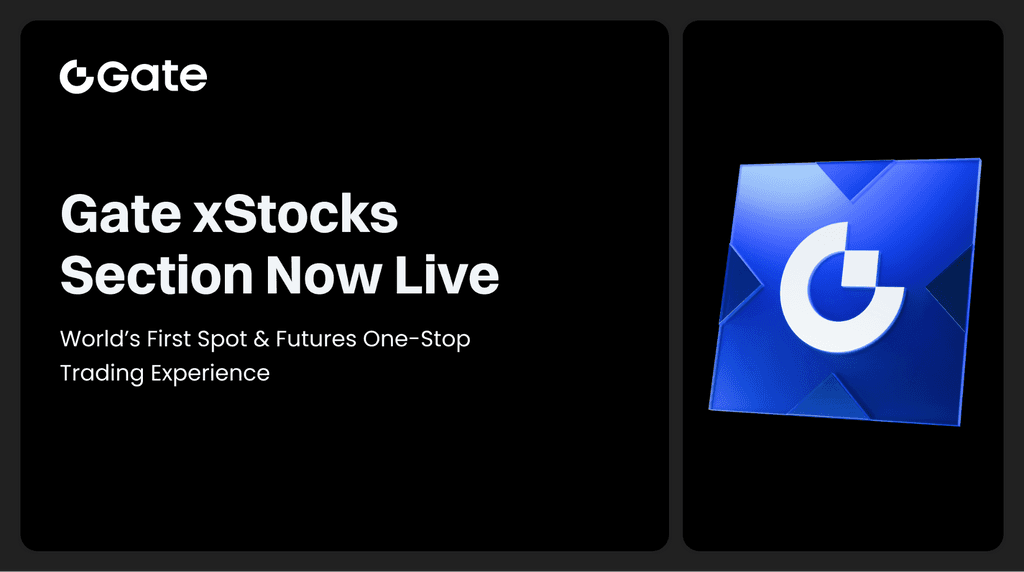Redefining Stock Trading on the Blockchain: Discover the Next-Gen Gate xStocks Experience
A New Era for Blockchain-Powered Stocks

Historically, traditional stock investing has been constrained by location, trading hours, and cumbersome procedures. Now, Web3 technology is fundamentally transforming traditional stock investing. Gate’s xStocks section introduces a groundbreaking on-chain trading model, making stock investing more direct, flexible, and decentralized.
24/7 Trading and Multiple Modes
xStocks offers two primary trading modes designed to suit both conservative spot traders and investors with different strategies. Users can select the trading mode that fits their approach. Advanced traders can switch to Alpha Mode, unlocking professional trading interfaces, advanced technical analysis tools, and risk control modules to monitor the market in real time.
Why Choose xStocks?
Unlike the complex processes of traditional brokerages, xStocks reconstructs the trading framework based on on-chain logic, delivering key advantages:
- 24/7 Trading: xStocks keeps markets open 24 hours a day, 365 days a year, eliminating global time zone limits.
- Transparent Asset Backing: Underlying real-world equities back every token, ensuring accountability and traceability.
- Cross-Chain Transfers and Flexible Access: Move assets freely and efficiently without relying on banks or traditional institutions, reducing costs and friction.
- Fractional share investing: Supports fractional share investing, lowering entry barriers so more users can own blue-chip stocks.
This approach not only improves efficiency—it also reaffirms financial self-sovereignty.
Next-Gen Asset Management Infrastructure
xStocks is more than a stock trading platform—it’s a milestone on the path to Web3 asset freedom. For portfolio management and global participation, it offers three essential breakthroughs:
- Borderless Participation: Anyone, anywhere, can access top global equities with equal access.
- Advanced Portfolio Strategies: Combine on-chain assets with traditional financial instruments to unlock new portfolio allocation strategies.
- Full self-custody: Users hold, transfer, and trade assets directly—no intermediaries required.
Integrated Risk Control for Robust Security
To maintain market stability and protect users’ assets, xStocks features dynamic, real-time risk control mechanisms, including:
- Automated Funding Rate Adjustments: Rates respond dynamically to market volatility.
- Position Limits and Margin Controls: Reinforce orderly markets and insulate against excessive risk.
- Tick size and leverage settings: Minimize potential losses during extreme price swings.
These mechanisms safeguard trust and order while enabling open trading.
How to Trade: Taking CRCLX as an Example
To start trading CRCLX (the tokenized stock representing Circle), just follow these steps:
[Assets] → [Spot] → [Deposit] → Select “CRCLX”
[Trade] → [Spot] → Enter the “CRCLX Market” and place your order
To use Alpha Mode: [Alpha] → [CRCLX Market]
Users can begin spot trading CRCLX on xStocks: https://www.gate.com/trade/CRCLX_USDT
Conclusion
Gate xStocks is more than just tokenizing stocks on-chain. It redefines who can participate, how participation occurs, and the overall cost of entry. On this platform, users achieve true investment sovereignty, free from the constraints of traditional financial institutions. For anyone seeking financial independence, this development represents a significant shift in investment paradigms.





